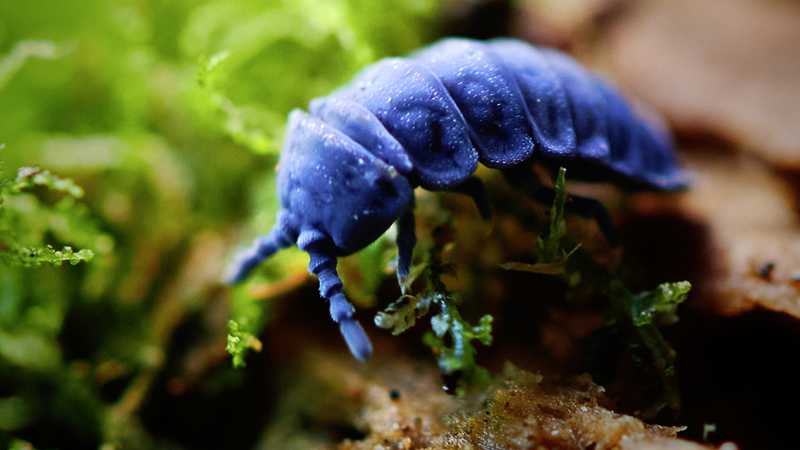The interdisciplinary team led by Carsten Werner had previously identified cholesterol as a component of the skin of widespread invertebrates (collembolae), which breathe through their skin and therefore need to protect it from contamination. In their paper published in Nature on June 22, 2023, the scientists have now elucidated a repulsive mechanism of cholesterol-containing surfaces. Using experiments, simulations and thermodynamic analyses, they were able to show how the spontaneous change in the orientation of interfacial cholesterol molecules creates an "entropic barrier" that makes cholesterol-containing surfaces repellent.
The development of synthetic materials using the discovered principle is promising, as it is important for many products and technologies to effectively minimize the attachment of biomolecules and bacteria. However, such “translation” of the effect to scalable, robust surface functionalization requires further research.
At the Leibniz Institute of Polymer Research Dresden (IPF), basic principles for new materials and their application in future technologies are being developed, with biology-inspired material concepts becoming increasingly important. The Chair of Biophysical Chemistry at Leipzig University works closely with the IPF on biomimetic materials. At the Cluster of Excellence Physics of Life of the TU Dresden, basic principles of the functionality of living matter are being explored.
Jens Friedrichs1, Ralf Helbig1, Julia Hilsenbeck1, Prithvi Raj Pandey2, Jens-Uwe Sommer2,4, Lars David Renner1, Tilo Pompe1,3 und Carsten Werner1,4,5
Entropic repulsion of cholesterol-containing layers counteracts bioadhesion. Nature doi.org/10.1038/s41586-023-06033-4 (2023)
1 Institute of Biofunctional Polymer Materials, Leibniz Institute of Polymer Research Dresden, Germany
2 Institute of Theory of Polymers, Leibniz Institute of Polymer Research Dresden, Germany
3 Institute for Biochemistry, Leipzig University, Germany
4 Cluster of Excellence Physics of Life, Technische Universität Dresden, Germany
5 Center for Regenerative Therapies Dresden, Technische Universität Dresden, Germany
Contact: Prof. Dr. Carsten Werner, werner@ipfdd.de
Source: IPF
